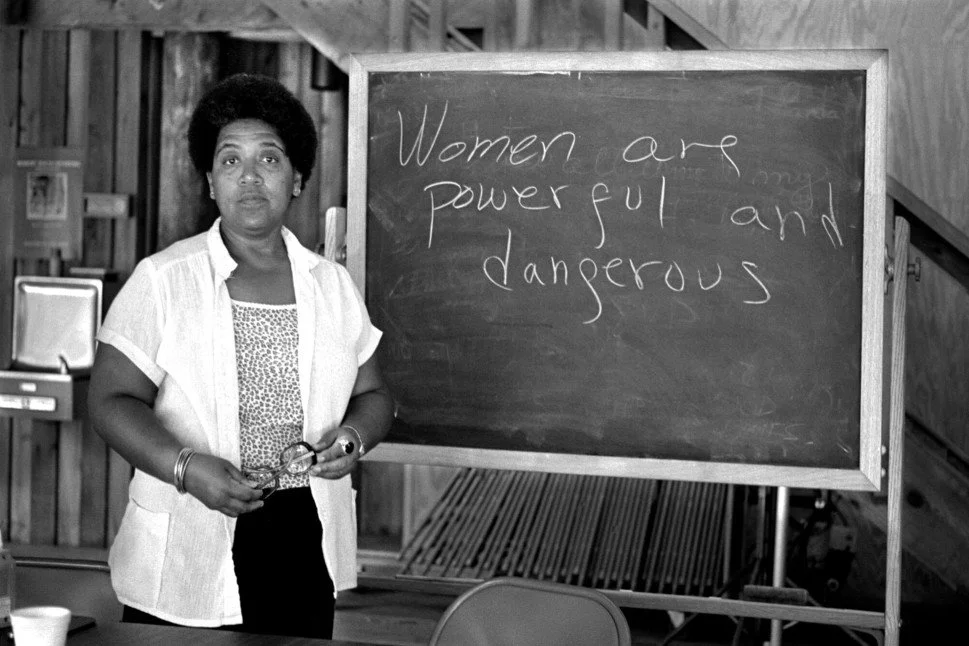Mary Anning: Mother of Dinosaurs
Photo from Pexels by Marcio Skull
Peyton Impola
To put it plain and simple, I was a dinosaur kid. I was obsessed with the prehistoric creatures. I forced my parents to watch documentaries and news reports on fossil finds with me, for Christmas I requested anatomically accurate dinosaur toys, and I checked out countless books from the local library. I decided from a young age that I was going to be a paleontologist when I grew up. Dinosaurs were my passion–however strange that may be.
That’s why, when I grew up, I was saddened to see the lack of female recognition within the realm of paleontology. I was looking for a strong female role model and was instead met with list upon list of men. I decided to commit myself to finding a female paleontologist. I was surprised when I found out women had been involved in the realm since the 1800s, and that paleontology was practically invented by a woman by the name of Mary Anning.
Mary Anning was born in 1799, in Lyme Regis, located in the Southwest English county of Dorset. In today’s day and age, Lyme Regis is now part of what is called the “Jurassic Coast.” The area is still home to prominent paleontological discoveries to this day. The Anning family were religious dissenters and very poor. Her father Richard was a cabinetmaker and an amateur fossil collector. Little Mary Anning would accompany her father along the coastline as he instructed her how to spot fossils and the proper cleaning procedures for them. Such an activity was unheard of for little girls of the time, but this early exposure to paleontology sparked a lifelong love for Anning.
Though she had very little formal schooling, Anning was literate and taught herself anatomy and geology. She continued to hunt for and collect fossils. When her father died in 1810, Anning’s brother stepped into the role of man of the house. Anning’s mother encouraged her to sell her collections to help pay off the family’s debts.
In 1811, Anning’s brother came across a very peculiar, fossilized, skull. Anning took it upon herself to painstakingly unearth the full skeleton. By the time the entire skeleton had been dug up, it was 17 feet long and resembled a monster. Scientists surmised that the creature was a crocodile, and locals believed that it had been an animal that had migrated from faraway lands. Anning’s mysterious creature was studied and contested for years. Eventually, scientists named it Ichthyosaurus–meaning fish lizard. Scientists now know that Ichthyosaurus was a marine reptile that lived roughly 200 million years ago–a dinosaur.
At this time, paleontologist Georges Cuvier had only recently revealed the theory of extinction to the scientific community. It would be another 48 years before Charles Darwin would publish Origin of a Species, outlining the theory of evolution in the natural world. The thought that there had been a species of creatures walking the Earth eons ago was practically unheard of.
As time went on, Anning continued to hunt for fossils along the coast. In 1823, she would discover the complete skeleton of what was called Plesiosaurus. The specimen was odder than anything anybody had ever seen. Rumors rapidly spread that the find was so strange, it must have been fake.
George Curvier himself took part in examining and debating the find. At first, the scientist disputed the find. The Geological Society of London scheduled a meeting to discuss the find, and Curvier admitted his mistake in doubting Plesiosaurus’ validity. Mary Anning, however, was not invited to said meeting, despite being the person to discover the fossil. Anning had a growing reputation within the scientific community for discovering and cleaning fossils, but male scientists neglected to credit her for her work. Anning would uncover, clean, prepare, and identify the fossils she found, and male scientists proceed to buy them, so they could write about them in their papers. Anning received little to no credit for her groundbreaking discoveries. The Geological Society of London refused to admit Anning, and would not admit any female members until 1904.
Anning continued to make discovery after discovery, and her finds began to increase public curiosity about geology and paleontology. Around the nation, people flocked to fossil displays to get a look at the unearthly creatures–museums struggled to keep up with public demand. Anning’s discoveries inspired a famous geologist by the name of Henry De la Beche to begin painting pictorial representations of what dinosaurs might have looked like. De la Beche was a childhood friend of Anning and sold his prints to raise money for Mary Anning–who, despite her groundbreaking scientific discoveries, lived in financial destitution.
Mary Anning died in 1847 of breast cancer. Anning lived her life in poverty, largely due to male scientists stealing her work and refusing to credit her. Anning brought forth extraordinary paleontological discoveries during her life, and her work helped bring the newly born science form to the limelight. Today, the Natural History Museum in London displays a showcase of Anning’s findings–including her original Ichthyosaur. The region she grew up and lived in is now known as the Jurassic Coast, due to its immense wealth of fossils. The Jurassic Coast had been declared a UNESCO World Heritage Site, still drawing crowds of scientists and spectators alike, hunting for the next big discovery.
Anning’s legacy is that of Rosalind Franklin, of Nettie Stevens, of countless female scientists throughout the ages who had their work cruelly ripped away from them by men. We owe it to these women to uncover their stories, to publicize their findings, and to credit them for their trailblazing natures.
Sources:
Mary Anning: The Unsung Hero of Fossil Discovery
Other Works in this Series:
Patsy Mink and the Road to Title IX






